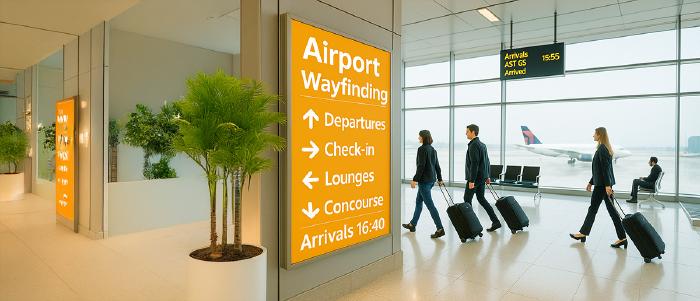
May 9 2025
5 min read

The transportation system in the USA, which includes subways, bus terminals, rail stations, and airports, suffers particular difficulties due to congested hubs, difficult navigation, and the demand for quick, precise information. Efficiency and customer satisfaction are crucial because, according to the American Public Transportation Association (APTA), public transportation alone handles approximately 3.8 billion passenger journeys yearly.
Transportation Digital Signage in USA is transforming these hubs’ operations by resolving issues like accessibility, traffic, and delays while increasing sustainability and income.

Outdated or ambiguous transportation information is one of the main annoyances for American commuters. This is addressed with digital signage, which provides real-time information on gate changes, arrivals, departures, and service interruptions.
For example, Hartsfield-Jackson Atlanta International Airport, the world’s busiest airport, has implemented a comprehensive digital signage system to enhance passenger experience. Digital Signage Software in USA enables these updates to be pushed instantly across hundreds of screens, ensuring travelers in cities like New York or Chicago stay informed during peak hours.
In addition to lowering passenger anxiety, real-time digital signage increases transportation efficiency overall. According to studies, prompt communication can increase passenger happiness and confidence while reducing perceived wait times by up to 35%.
A similar advantage is seen in elevator digital signage in malls across America, where timely and targeted content delivery improves passenger experience even during short vertical commutes within malls and transit hubs.
Travelers, particularly those who are hurrying to make connections or are traveling for the first time, may find large transportation hubs like Los Angeles Union Station or JFK Airport intimidating. Through dynamic maps and kiosks, digital signage provides clear, interactive instruction, therefore reducing this stress.
For instance, Synect created a multilingual digital signage system that is used at Dallas/Fort Worth International Airport (DFW). Their Passenger360® software makes it easier for foreign tourists to navigate by providing real-time guidance in numerous languages, particularly around intricate areas like security and customs. This system greatly decreased confusion and increased navigation efficiency.
These systems use digital signage player in USA to deliver high-resolution, touch-enabled displays that guide passengers to gates, baggage claims, or amenities.
In the US, maintaining safety in transit systems is crucial, particularly in busy stations where unanticipated things might happen. In order to provide passengers with real-time emergency warnings and safety advice, digital signage is essential.
For example, a fire in an electrical room caused major delays and the evacuation of people from trains during a power outage at San Francisco’s BART system in July 2024. BART successfully communicated service interruptions and safety information via its digital signs, which facilitated the prompt handling of the problem.
To ensure such systems remain secure, digital signage security in USA relies on trusted platforms. Pickcel, for example, is both ISO and SOC 2 certified, offering strong data protection and secure cloud-based content management.
Digital signage not only improves operations but also gives transportation hubs access to new sources of income. In order to capitalize on the captive audience of travelers, high-traffic locations such as Chicago O’Hare International Airport use digital screens for advertising. According to a JCDecaux white paper, fliers prefer airport advertising over internet and social media marketing, making it an effective medium for marketers.
Digital signage not only advertises but also highlights in-hub services. For example, Denver International Airport’s duty-free and luxury shops, which are prominently displayed on digital screens throughout the terminals, have generated a sizable amount of income.
Another benefit is sustainability. On-premise digital signage in USA has a smaller environmental effect than paper-based posters. Rise Vision emphasizes how digital signage systems in transit hubs simplify operations and eliminate the need for conventional bulletin boards, which reduces the amount of paper used.
Additionally, energy-efficient solutions for rural bus stops are provided by inventions like solar-powered E-Ink displays from businesses like Zhsunyco. In line with ecological initiatives in cities around the nation, these displays minimize energy use while providing real-time information.
There are a number of obstacles to overcome when implementing digital signage in the US transportation industry. For smaller transportation agencies, high upfront expenses and ongoing maintenance might be challenging. Subscription-based models, such as Digital Signage as a Service (SaaS), offer an economical alternative by distributing expenses over time and enabling simple scaling.
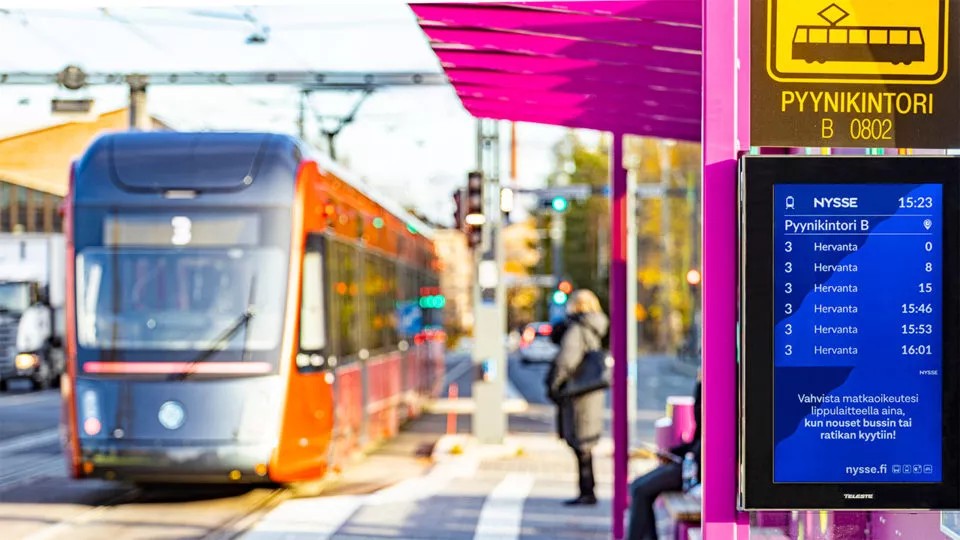
System integration is one challenge. For instance, software is used by many bus stops to track the positions of vehicles in real time. Selecting suppliers with open APIs, such as AIScreen, guarantees seamless data transfer and simple modification, enabling the signs to provide precise and fast changes.
I’ve noticed that overwhelming content can distract passengers from important information by too many advertisements. Dynamic scheduling and regular system maintenance help ensure a balanced, reliable flow of real-time information and promotions.
Digital signage’s future in US transportation is changing quickly. Similar to Japan’s Takanawa Gateway Station, travel information may soon be personalized for each passenger thanks to technologies like artificial intelligence and smartphone integration.
In order to control traffic and enhance communication in places like Los Angeles, the Federal Transit Administration’s 2024 Strategic Plan outlines smart city objectives, such as integrating IoT-enabled signs.
Digital signage continues to improve everyday travel by lowering stress, increasing accessibility, and improving safety. Selecting safe and scalable solutions will be crucial as transit networks evolve.
In a nutshell digital signage is now essential to the expanding and changing transit networks in the United States. These technologies, with their long-term sustainability, safety measures, and real-time communication, are revolutionizing public transportation.
In the future, providing a more intelligent and effective passenger experience will require investment in scalable, secure digital signs.






May 9 2025
5 min read
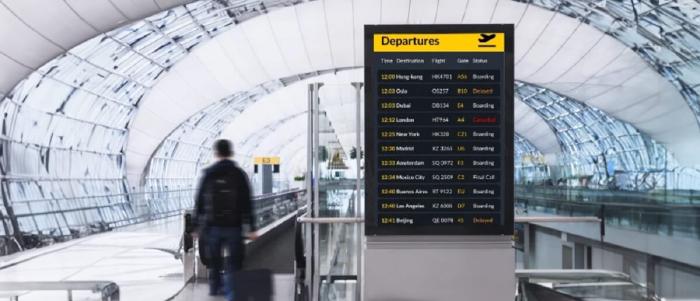
Dec 1 2023
5 min read
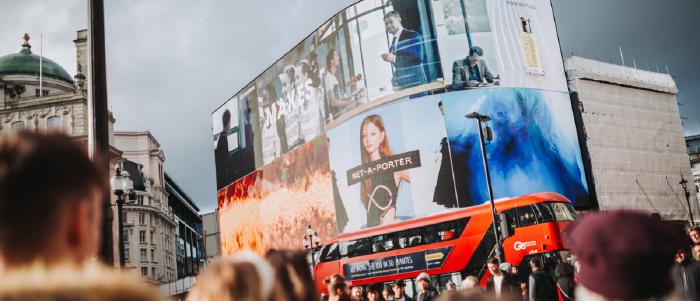
Sep 21 2023
7 min read
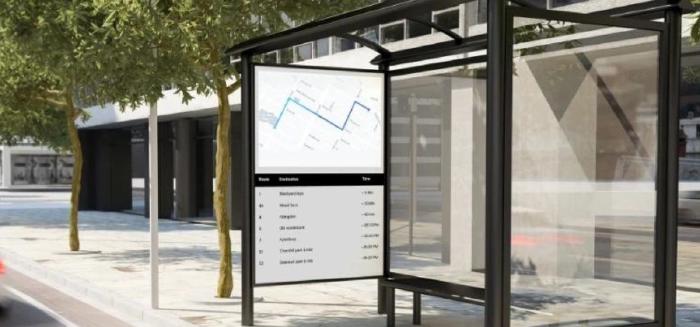
Apr 25 2023
5 min read
Take complete control of what you show on your digital signage & how you show it.
Start Free Trial Schedule My Demo